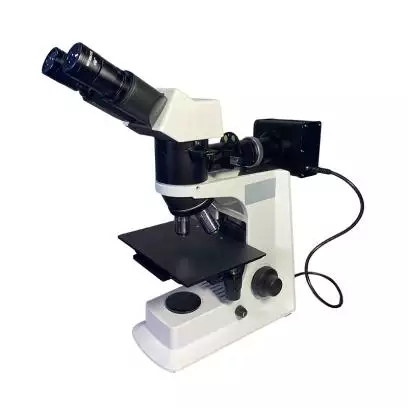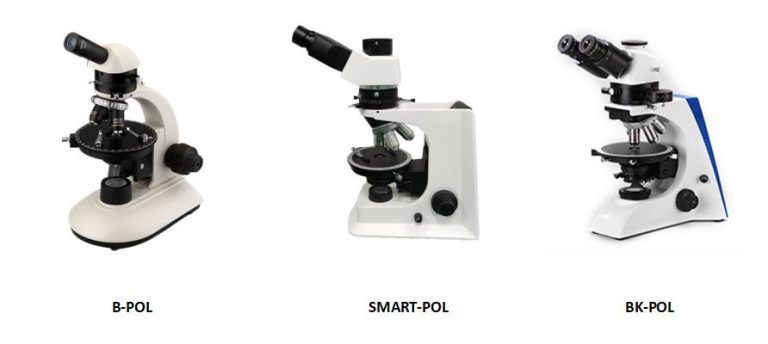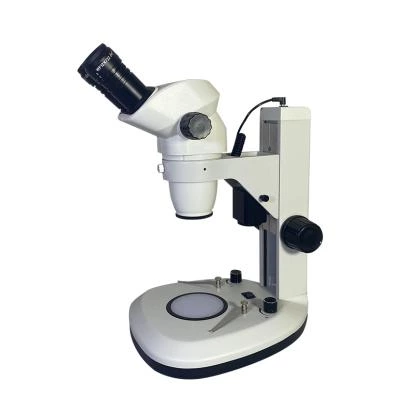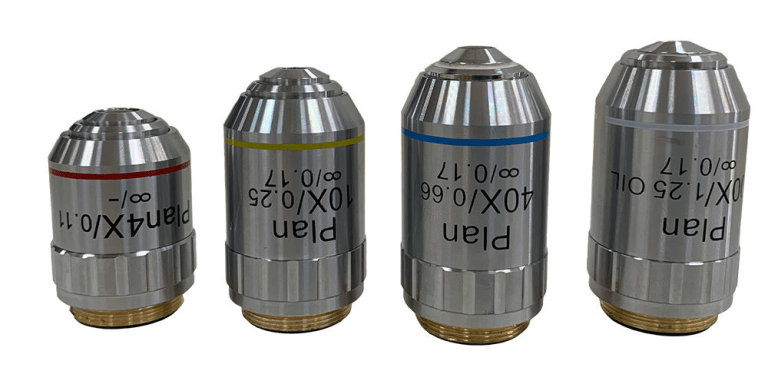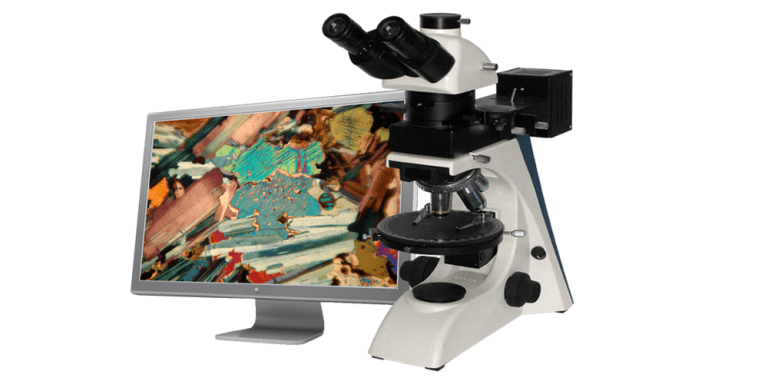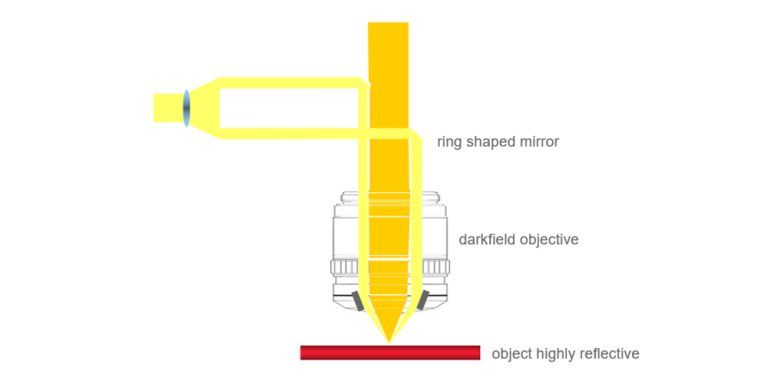Beyond Upright: Advantages and Considerations for Choosing an Inverted Biological Microscope
An inverted biological microscope is a type of microscope designed specifically for studying living cells. Unlike a traditional upright microscope, it has a unique flipped configuration that offers several advantages when studying the complex world of living organisms. The light source and condenser are above the stage, while the objectives and turret are beneath it,…

